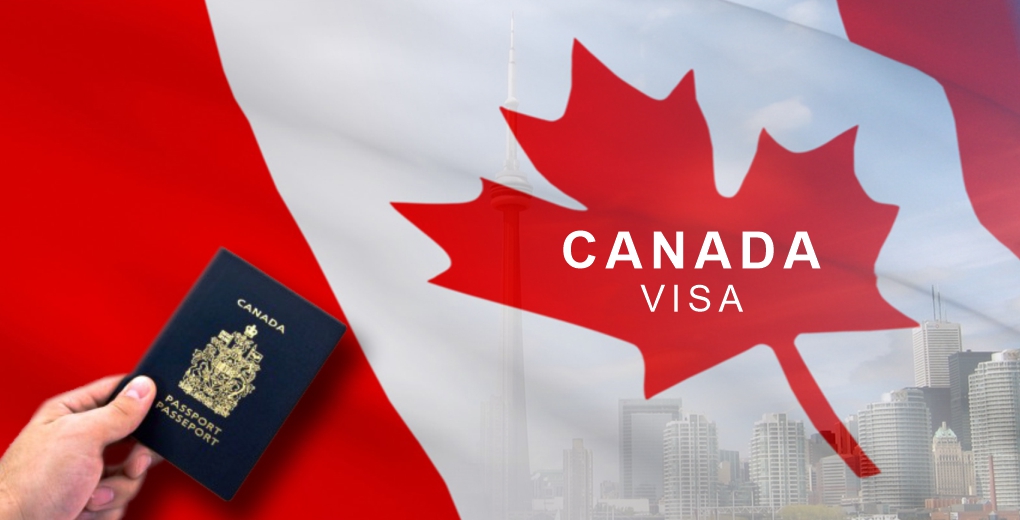Canada, with its stunning landscapes, vibrant culture, and strong economy, is a top destination for immigrants and visitors. However, entering the country involves navigating the complexities of the visa application process. While obtaining a Canadian visa is attainable, understanding the common mistakes that can lead to rejection is crucial.
In this guide, we’ll highlight what to avoid during the Canadian visa application process, from common misconceptions to errors that may hinder your success.
1. Failing to Conduct Thorough Research
One of the biggest mistakes is neglecting to research visa requirements and the application process. Each visa category—be it for study, work, or tourism—has specific criteria that applicants must meet. Without understanding these requirements, you risk submitting an incomplete or incorrect application.
Before starting your application, visit the official Canadian immigration website and familiarize yourself with eligibility criteria, required documents, and processing times for your chosen visa category.
2. Providing Inaccurate or Incomplete Information
Accuracy is key when filling out visa application forms. Any incorrect or missing information can delay the process or lead to rejection. Be sure that all details—such as your personal information, employment history, and travel history—are accurate and up to date.
Always double-check your application and supporting documents to ensure everything is complete and consistent. Even minor discrepancies could cause issues during the review process.
3. Underestimating Documentation Requirements
Another common mistake is underestimating the importance of submitting all required documents. Depending on the visa type, you may need to provide passport copies, proof of financial stability, employment letters, and more.
Missing or incomplete documentation can slow down the process. To avoid this, carefully review the document checklist from the Canadian immigration authorities and ensure all items are submitted in an organized manner.
4. Overlooking Financial Requirements
Financial stability is a crucial factor in Canadian visa applications, especially for study permits or permanent residency. Applicants must prove they can support themselves during their stay, including covering tuition, living expenses, and healthcare.
One common mistake is not providing adequate financial documentation. Make sure to submit complete records—such as bank statements, investment accounts, or sponsorship letters—demonstrating your financial capacity.
5. Ignoring Health and Security Clearances
Some visa categories, such as work permits and permanent residency, require health and security clearances. Ignoring these requirements can lead to delays or rejection.
Be proactive in scheduling medical exams with authorized panel physicians and completing any necessary security checks. Failing to meet these requirements promptly can significantly extend the processing timeline.
6. Engaging in Misrepresentation or Fraud
The most serious mistake is engaging in misrepresentation or fraud, such as submitting false information or forged documents. Misrepresenting your intentions or providing fraudulent materials can lead to severe consequences, including being banned from entering Canada in the future.
Canadian immigration authorities are vigilant about detecting fraud, and any discovery of dishonesty can result in legal penalties and long-term entry bans.
Conclusion
Applying for a Canadian visa can be challenging, but avoiding these common pitfalls will greatly improve your chances of success. Thorough research, accurate information, proper documentation, and timely adherence to health and security requirements are key.
Approach the process with integrity, ensuring full compliance with all guidelines. By avoiding these common mistakes and seeking help from reputable immigration professionals if needed, you can confidently navigate your journey to Canada.

